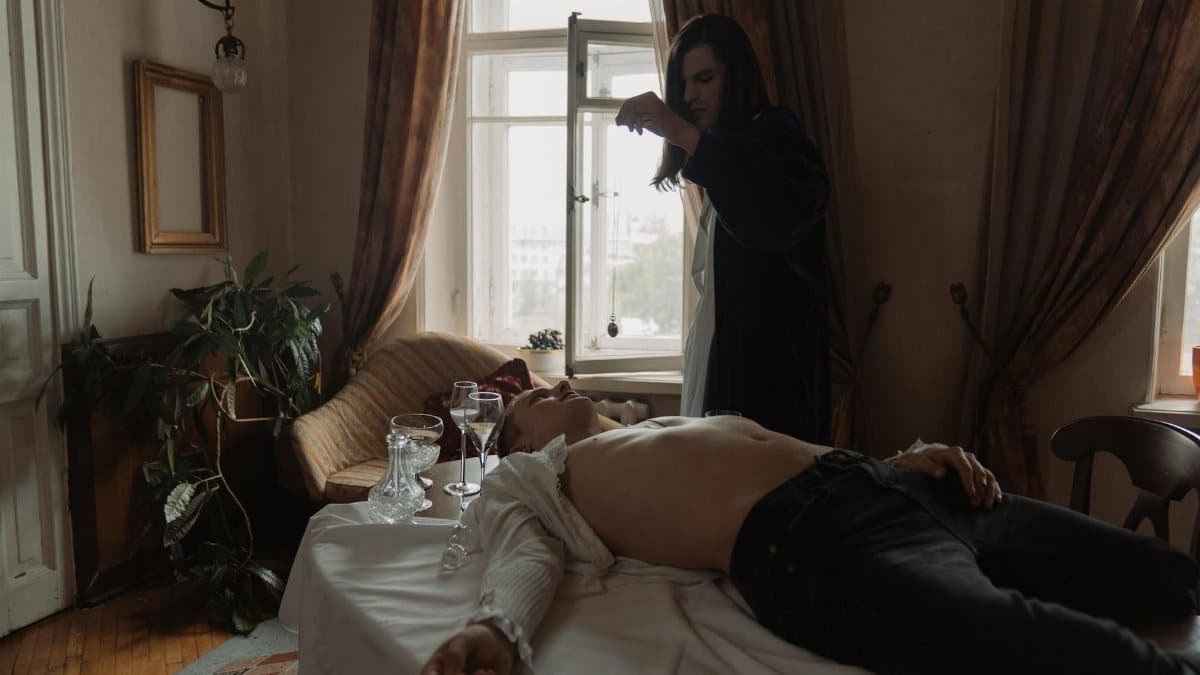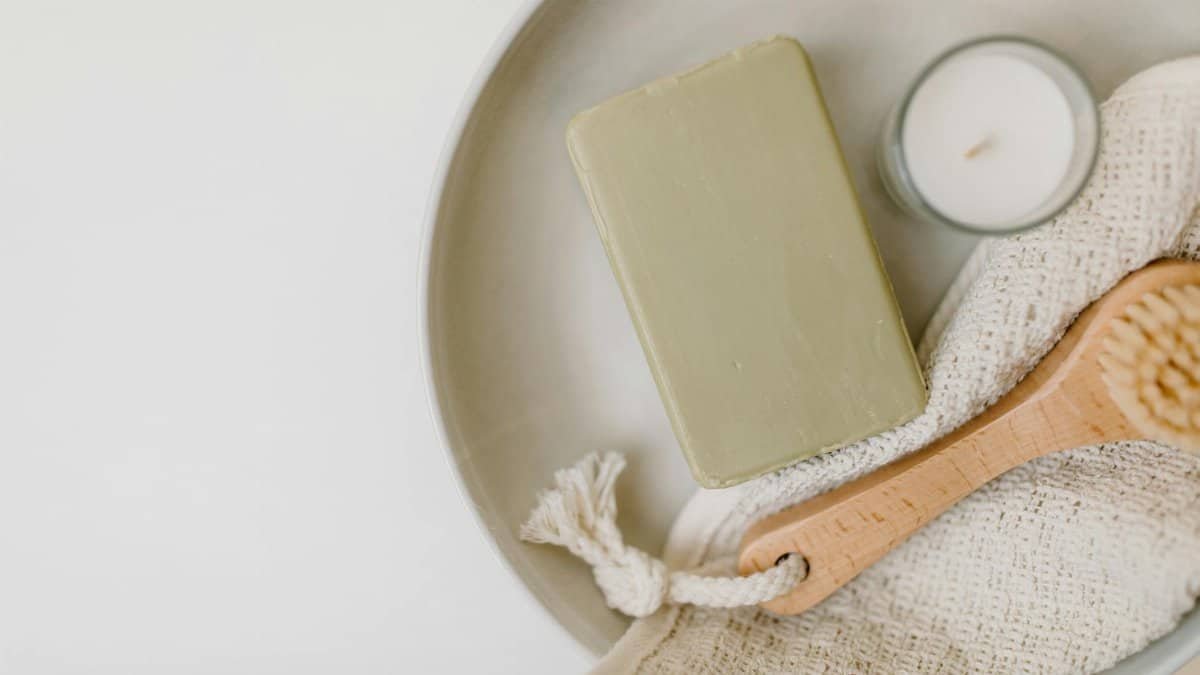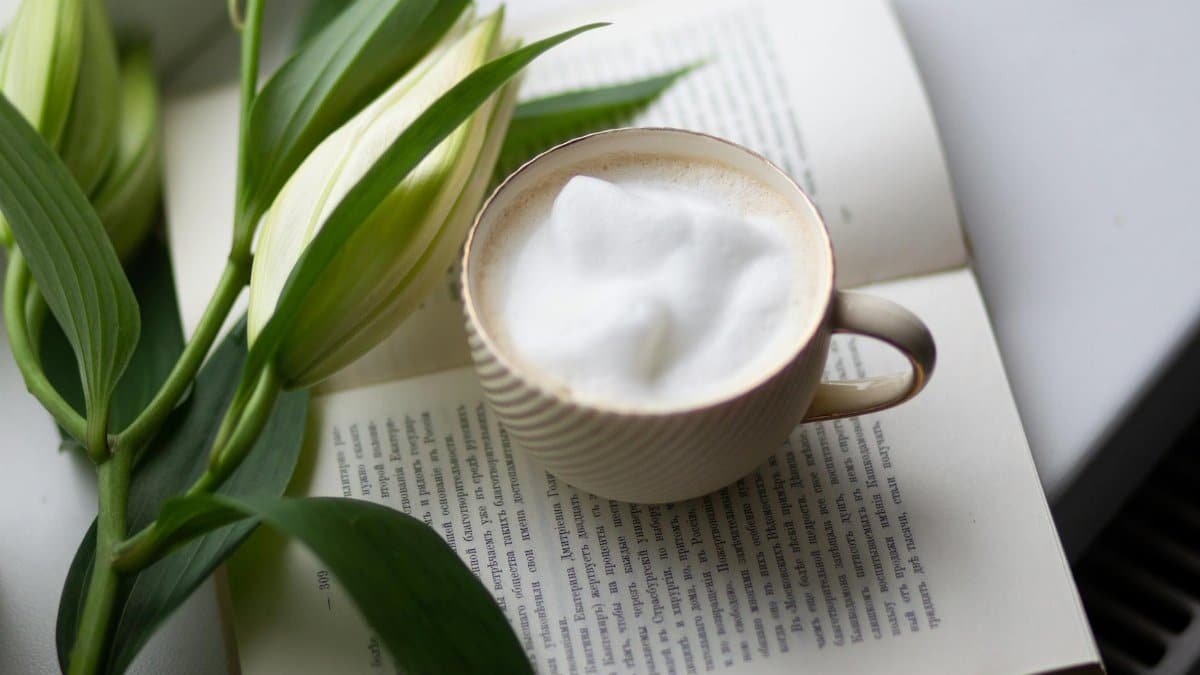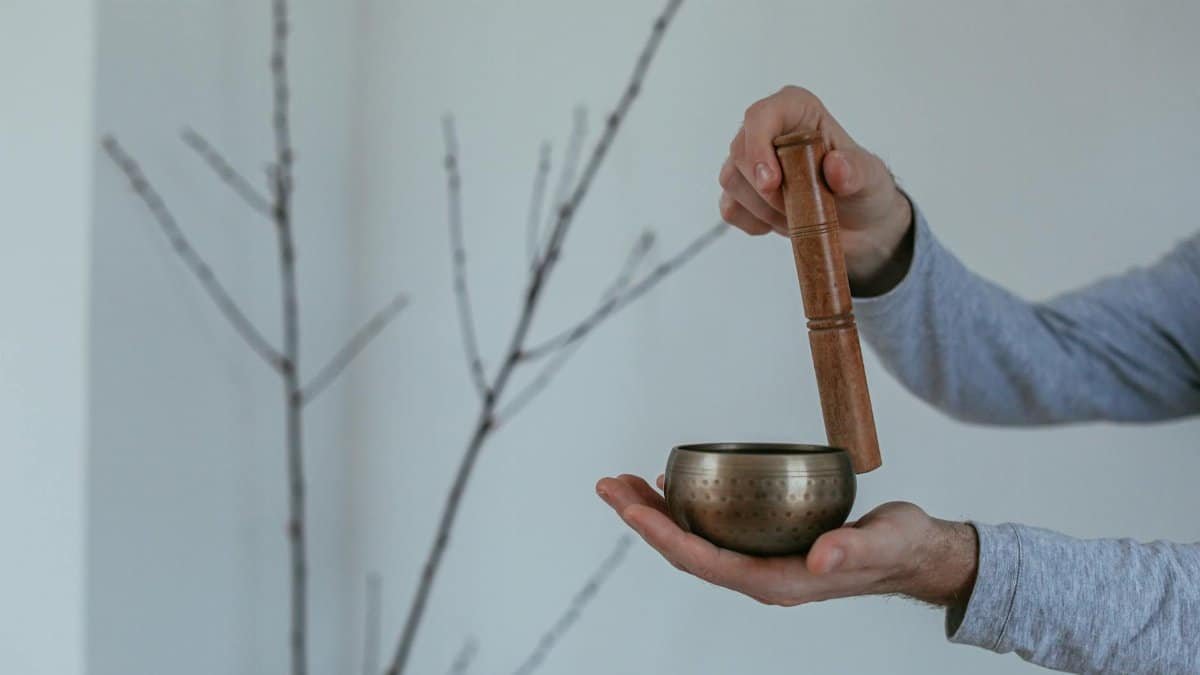Could a single bedtime habit transform the way millions of Americans sleep? In a world where restless nights are all too common, the idea feels almost too good to be true. Yet, whispers of the Jennifer Aniston sleep ritual have sparked curiosity among fans and wellness seekers alike. Known for her radiant energy and timeless glow, the actress has shared glimpses of a nightly routine that prioritizes rest above all else. It’s not just Hollywood hype—there’s a growing buzz that this approach might hold real answers for those battling insomnia. With sleep disorders affecting over 50 million Americans, according to the National Heart, Lung, and Blood Institute, the hunger for effective solutions is palpable. Aniston’s method, rooted in simplicity and mindfulness, offers a potential lifeline. But what exactly does it entail, and can it really deliver the restful nights so many crave?
Unpacking the Jennifer Aniston Sleep Ritual

For years, Jennifer Aniston has been candid about the importance of sleep in her life. Her ritual isn’t a complex regimen filled with expensive gadgets or rare herbs. Instead, it’s a deliberate wind-down that starts hours before bed. Reports suggest she avoids screens at least an hour before sleeping, opting for calming activities like reading or journaling. There’s also a focus on a consistent bedtime—something sleep experts have long championed. A warm bath often plays a role, signaling to her body that it’s time to relax. It’s less about rigid rules and more about creating a sanctuary of calm. This approach aligns with findings from the Sleep Foundation, which emphasizes the value of pre-sleep relaxation in combating insomnia. For Aniston, this ritual seems to be as much about mental peace as physical rest.
Think of a typical evening in her world: the soft glow of a lamp, the faint scent of lavender, maybe a quiet playlist fading into the background. It’s a scene that feels attainable, even for those without a celebrity budget. The simplicity is what draws people in. But does the absence of complexity mean it lacks power? That’s the question lingering for many who hear about her method in 2025, a year when sleep aids and tech solutions dominate the conversation.
Why Sleep Rituals Matter More Than Ever

Americans are sleeping less—and worse—than ever before. Data from the Centers for Disease Control and Prevention shows that one in three adults doesn’t get the recommended seven hours of sleep per night. Stress, screen time, and erratic schedules are often to blame. Against this backdrop, the idea of a sleep ritual—any intentional practice to ease into rest—feels like a quiet rebellion. It’s not just about closing your eyes; it’s about preparing your mind and body to let go of the day. The Jennifer Aniston sleep ritual taps into this need for structure in a chaotic world. Her emphasis on consistency mirrors what researchers have found: regular sleep patterns can improve everything from mood to memory.
Consider the alternative. Late-night scrolling, caffeine too close to bedtime, a mind racing with tomorrow’s to-do list. These habits aren’t just common—they’re practically a national pastime. Yet, they erode the quality of rest. Aniston’s routine, by contrast, offers a blueprint for reclaiming those lost hours. It’s not a cure-all, but it’s a start. And for many, starting is the hardest part.
The Science Behind a Calming Routine

There’s more to a nightly ritual than just feeling good. Science backs the idea that intentional habits can rewire how we sleep. A study published by the National Institutes of Health found that pre-sleep routines, especially those involving relaxation techniques, can significantly reduce the time it takes to fall asleep. Warm baths, for instance, lower core body temperature post-soak, mimicking the natural drop that signals sleep readiness. Limiting screen exposure, another pillar of the Jennifer Aniston sleep ritual, cuts down on blue light, which disrupts melatonin production. These aren’t new ideas, but seeing them packaged in a celebrity-endorsed routine makes them feel fresh.
Still, not everyone agrees on the weight of such rituals. Some sleep experts argue that underlying issues—like anxiety or medical conditions—can’t be soothed by a bath or a book alone. They’re not wrong. But for mild insomnia or restless nights driven by habit, these small shifts can create a ripple effect. It’s less about perfection and more about momentum. One good night often begets another.
Real-Life Echoes of a Star’s Routine

Around kitchen tables and in online conversations, people are trying to mirror these habits with varying success. Take the story of a Midwest mom in her forties, shared anonymously in a public forum. She described years of tossing and turning, her mind replaying the day’s stresses. Inspired by talk of the Jennifer Aniston sleep ritual, she ditched her phone an hour before bed and started a short journaling habit. “It felt silly at first,” she admitted, “but after a week, I noticed I wasn’t dreading bedtime anymore.” Her experience isn’t universal, but it hints at the power of small, intentional changes. Not everyone has the luxury of a distraction-free evening, though. Work demands, caregiving, or noisy environments can sabotage even the best-laid plans.
Then there’s the flip side. Some find the idea of a ritual overwhelming—an extra task on an already packed day. For them, the simplicity of Aniston’s approach might feel out of reach, not because it’s hard, but because it requires mental space they don’t have. These tensions reveal a broader truth: sleep solutions aren’t one-size-fits-all. What works in a Hollywood mansion doesn’t always translate to a cramped apartment.
Adapting the Ritual to Everyday Life

So how does the average person make this work? Start with what’s doable. If an hour of screen-free time feels impossible, try twenty minutes. Swap a novel for a podcast if reading isn’t your thing. The core of the Jennifer Aniston sleep ritual isn’t about copying every step—it’s about crafting a personal signal that the day is done. Sleep experts often suggest layering habits over time. Add a warm drink one week, dim the lights the next. The goal is a rhythm, not a revolution. And if a bath isn’t an option, even splashing warm water on your face can mimic that calming effect, tricking the body into relaxation mode.
There’s a practical side to consider, too. Set a reminder to start winding down. Keep a notebook by the bed for those nagging thoughts that creep in at midnight. These aren’t glamorous fixes, but they ground the ritual in reality. Most people don’t have a team of assistants to manage their evenings. The beauty of this approach is that it doesn’t demand one. It’s about carving out a sliver of peace, however small.
Broader Implications for Wellness Culture

Aniston’s routine arrives at a moment when wellness culture is both booming and under scrutiny. On one hand, her sleep ritual feels refreshingly low-key compared to the endless stream of supplements and gadgets marketed as sleep saviors. On the other, it risks becoming just another idealized standard—another way to feel inadequate if your nights don’t look like hers. In 2025, the conversation around rest is evolving. It’s no longer enough to say “get more sleep.” People want actionable steps, yes, but also permission to fail. The Jennifer Aniston sleep ritual, with its emphasis on ease, might help shift that narrative. It suggests that rest doesn’t have to be a performance.
Look closer, though, and there’s a cultural undercurrent. Sleep has become a status symbol, a marker of discipline in a world that glorifies hustle. When a celebrity champions a bedtime routine, it amplifies that pressure. Yet, it also normalizes the struggle. If someone like Aniston prioritizes rest, maybe it’s okay for the rest of us to do the same. That duality—pressure and permission—defines much of today’s wellness landscape. Her ritual sits right at that intersection.
Looking Beyond the Hype

Strip away the celebrity sheen, and what remains is a reminder of something timeless: rest matters. The specifics of the Jennifer Aniston sleep ritual may not work for everyone, but the principle does. Slow down. Signal the end of the day. Give your mind a chance to breathe. Insomnia won’t vanish overnight, and deeper issues may need professional help. But for many, a consistent routine could be the nudge that tips restless nights into something softer. It’s not magic. It’s not even new. It’s just a quiet invitation to prioritize what so many of us push aside.
Imagine a future where sleep isn’t a battle, but a ritual we look forward to. That’s the promise tucked into Aniston’s approach. Whether it’s a warm bath or a scribbled journal entry, the act of preparing for rest can feel like a small victory. And in a world that often feels relentless, those victories count. For the millions staring at the ceiling tonight, that might be enough to start with.
